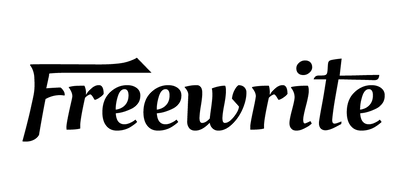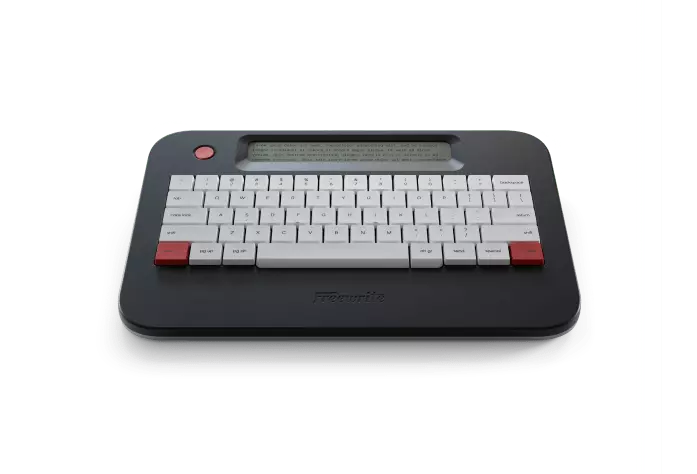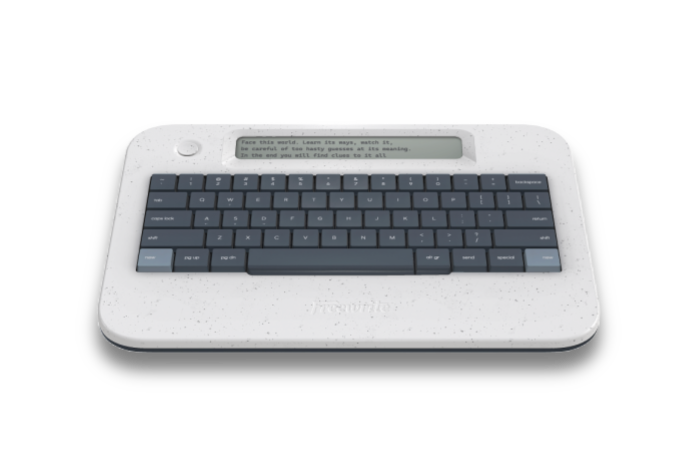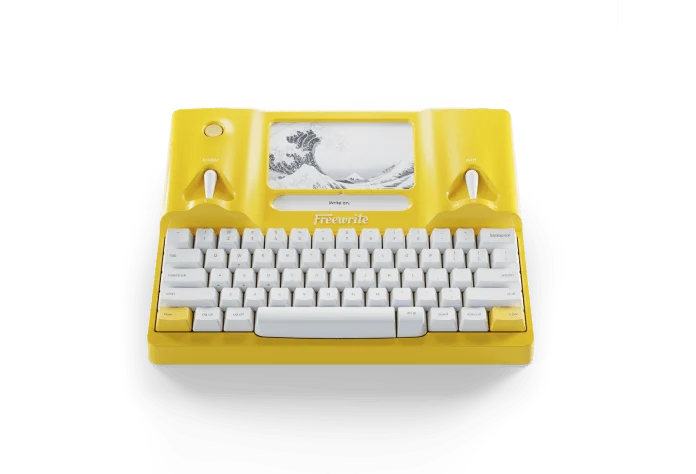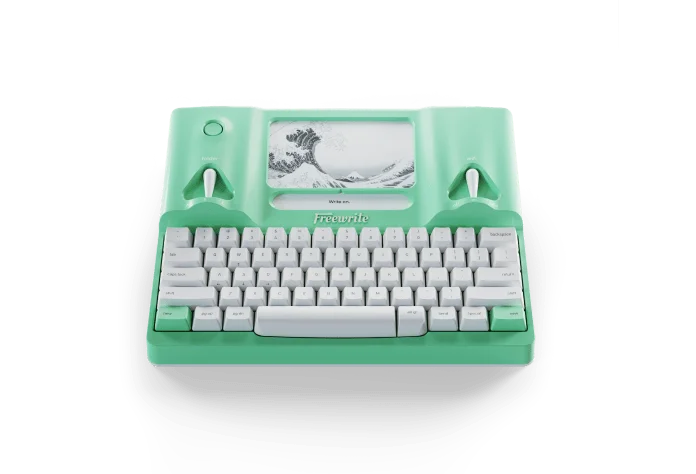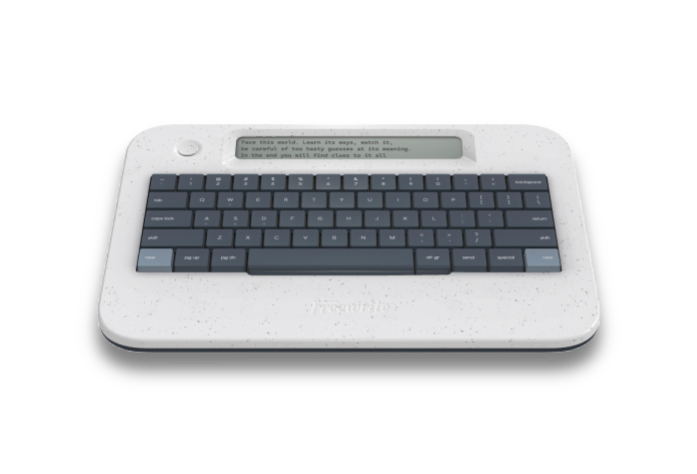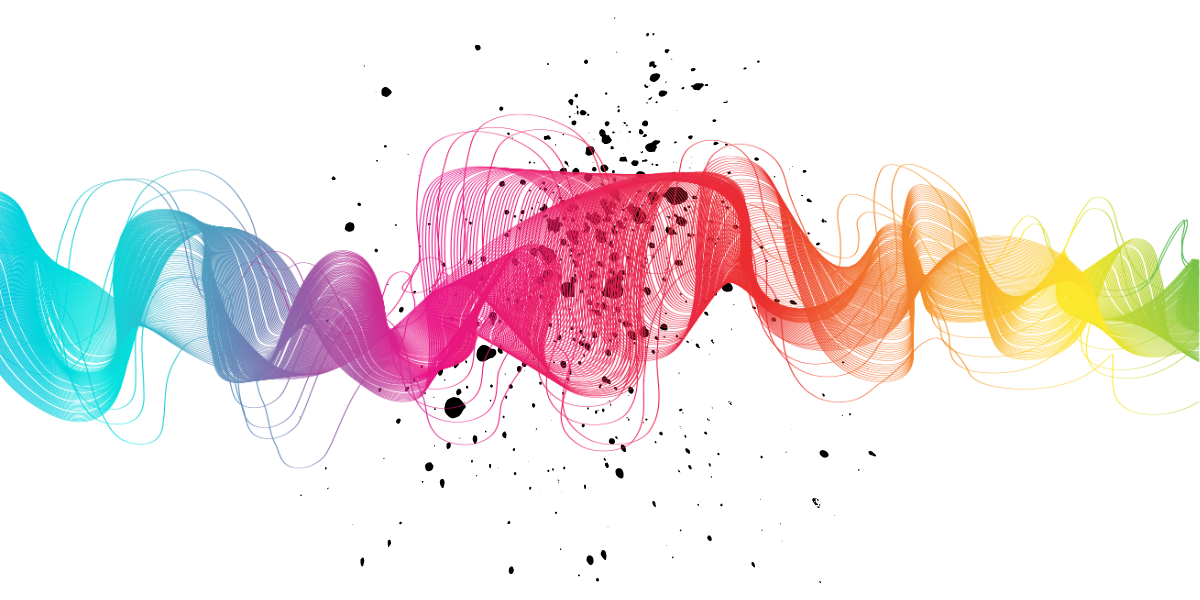This article explores the fascinating workings of the focus and attention systems in the brain. Knowing more about your brain's own processes can help make you more productive — and more creatively fulfilled.
Psychology started studying attention to find out how people can stay alert. But after many years, we now understand that attention and focus are the most hidden and powerful systems we have in the brain, the directors of all our thoughts and actions.
Once you more fully understand the complexity of the psychological processes that make you act the way we do, you can address and nurture all these processes to find harmony and balance in your activities.
In this article, you'll learn:
- How Attention & Focus Work
- The Role of Focus in Creativity
- Why Consuming Is So Much Easier Than Creating
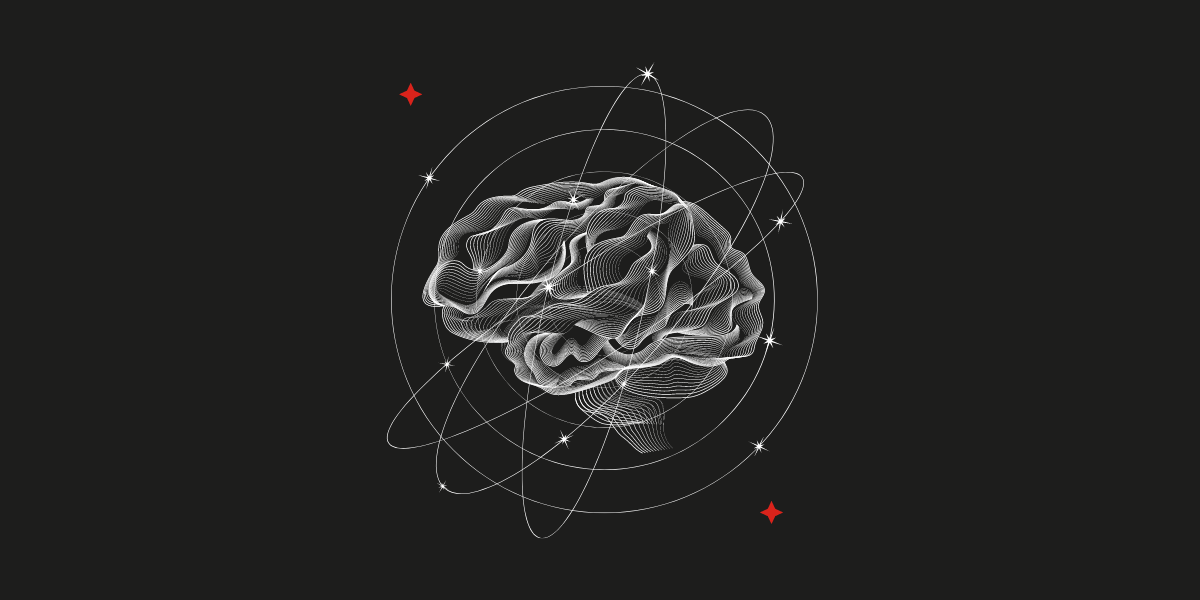
Attention & Focus
When we speak about attention and focus, we often do so as if they were the same thing. But they're not.
We tend to think about attention as the place where we place our focus and, conversely, focus as what we pay attention to. But let's go deeper. To use an analogy, it's like shooting a video:
"Attention" is like framing a shot, while "focus" is more like pressing the record button. By pressing record, we choose to filter out all the alternative possibilities around that frame, and we commit to staying there for a bit, blurring the background.
Second, there are different kinds of attention, like selective, sustained, and divided. When we talk about attention, we commonly think only about the ability to stay focused on a task for an extended period of time. We tend to believe that this is the only function of attention, and all the rest are distractions to avoid.
But the attention system is way more intricate.
If we had just the ability to focus on something, we would be locked in a task every time we intentionally engaged in something, missing other, more relevant or important, information being passed along by our mind, our body, or our environment. All of that information is vital for our safety and survival!
The type of attention we think of most often is called "top-down." It drives voluntary attention, willpower, and intentional choices, and occurs in the neocortex, a more recently developed area of the brain.
Here's how it works practically: We intentionally decide to pay attention to something — for example, to read an article — and we deliberately move our focus to the page.
But if your phone vibrates or the doorbell rings, our intentionality is immediately hijacked by a different kind of mechanism called "bottom-up." This mechanism allows us to stay open and connected to all the information coming into our brain that is different from the task at hand. This mode occurs in subcortical circuitry in the lower and more ancient part of the brain.
This switch is possible at all because of another actor in the attention system called the attentional filter. The attentional filter is a system of neurons constantly monitoring the environment and selecting what is worth bringing to the conscious level. We could think about it as the director in the same analogy of shooting a video — they decide what's worth framing in the first place.
The role of the attentional filter is vital to keeping us safe and from getting overwhelmed by the amount of information available to our brains at all times.
And perhaps the most important thing to remember: We may think that the majority of our mental operations happen intentionally, in top-down mode, but in fact, the majority of them occur in the back of our minds.
Focus & Creativity
So what happens in our brain when we are not intentionally engaging in anything or when our focus is not grabbed by something unintentional, like a car approaching or a phone ringing?
There is a mode called "mind wandering," or, since it is the way the brain acts by default, the "default mode."
Mind wandering is the opposite of "stay-on-task" mode, also called "central executive," and the two are in a very delicate balance — when one is on, the other is off.
Generally speaking, stay-on-task mode is related to external and internal things or events, but when our mind wanders, we turn inward and move the focus internally. We lose contact with our perception; it's just us and our thoughts.
This can can be annoying, like when you unintentionally get swept away by unrelated thoughts while reading a book, but the mind-wandering state is also a powerful resource.
In fact, it's known as the home of creativity. If directed correctly, it can significantly help the creative process. (Yes, you can help direct it to be more productive.)
While mind wandering can be disruptive to whatever task you're immediately focusing on, it also helps with problem-solving." As Psychologist Daniel Goleman says in his book Focus: The Hidden Driver of Excellence,
This is possible because, without the constraints or filters we have when we pay attention intentionally, our brain is free to reassemble and connect things.
The problem is that mind wandering seems to happen unpredictably, and we don't do it on command. But the good news is that this "default" mode is not totally random.
Instead, it seems to pick the unfinished businesses that populate our unconscious mind. So, if we feed our mind open questions or problems we are interested in or curious about, it will work on them, looking for that solution, assembling all the pieces, and collecting all the clues that, consciously, we'd never combine.
Consuming vs. Creating
Often, consumption of other peoples' media and creativity can help induce a state of mind-wandering. For example, watching a movie on Netflix can sometimes allow us to zone out and start thinking about other things. It's a valuable way to rest your mind and disengage from actively created thoughts.
However, and this is a big caveat, in today's world it is much too easy to get trapped in the infinite consumption loop of binge-watching, endless scrolling, or hours evaporating in digital rabbit holes.
In fact, we need to remember that content today, especially digital content, is created with the purpose of keeping us trapped, leveraging the dopamine reward system to keep us hooked and looking for a new shoot of dopamine. Our time on apps, websites, and social media is how those platforms make money.
This is why we often find ourselves scrolling or streaming shows even when we want to be creative — we want to write or draw or paint or create something from nothing.
Our brains know better. We don't want to just consume other people's thoughts, other people's art.
What we really want is the ability to choose and switch where our focus lies, at will. We want to stay focused but also let our minds rest. How can we do practically to be the most creative and productive people in a sustainable and healthy way?
We have plenty of processes that can backfire by default, but if managed correctly, they can become a superpower.
--
Every time I write about attention, I'm in awe of how everything works together perfectly and how this brain of ours is able to create wonders out of nothing.
Responsible use of the whole brain's circuitry can lead us to a creative, happy, and fulfilled life.
